With the release of the new Sigma 14mm f1.8 ART series lens, I thought this would be a great time to share a few tips for heading out to shoot the stars. Lots of elements all need to line up, so let’s get started!
Planning Your Night Shoot In Advance
Location: You’ll need to find an area as far away from light pollution as possible to capture a great image full of stars. Search for the name of the area you’re interested in shooting followed by “light pollution map” to asses if it will be suitable for shooting the night sky.
Once you find a general area with dark skies, keep searching to find something interesting for your foreground.
It’s always a good idea to arrive to your location before dark. This is especially important if you’ll be visiting dark skies for the first time. It can be surprisingly difficult to navigate and find your bearings if you’ve never been in an area free of light pollution. For example, when I would shoot in New Jersey, even if the skies were dark, there was always a bit of ambient light to guide me around. But, if I’m somewhere out in the desert or the mountains, that ambient light can be non-existent and travel is reliant completely on my knowledge of the area. Be safe and arrive in time to know where you’re going to be shooting and your path back out.
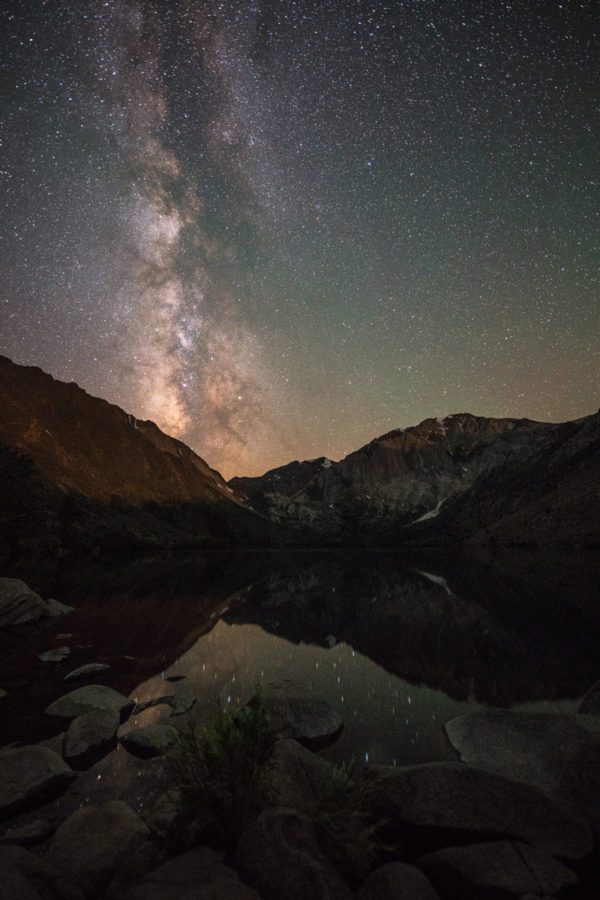
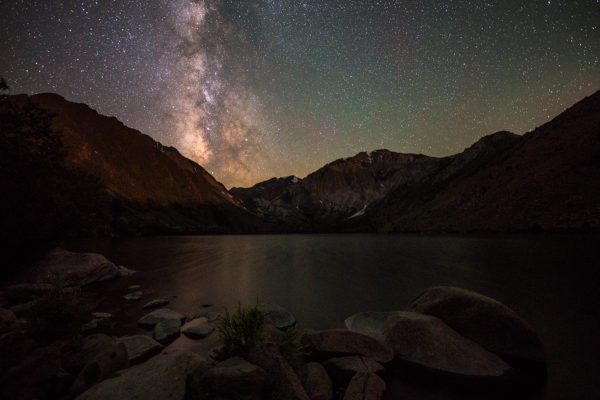
Gear: As with any shoot, it’s always a good idea to double check you know where everything is before head out. The difference this time would be searching around in the dark as opposed to during the day if you can’t find an item you need.
In addition to your camera body and your Sigma 14, here are a few other items you’ll want to have with you.
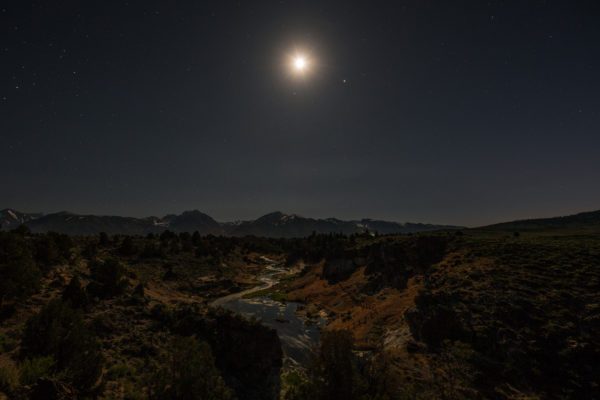
Sturdy Tripod – You’ll be shooting long exposures, so you’ll want to keep your camera as still as possible.
Red Headlamp/Flashlight – A red light will help keep your night vision intact!
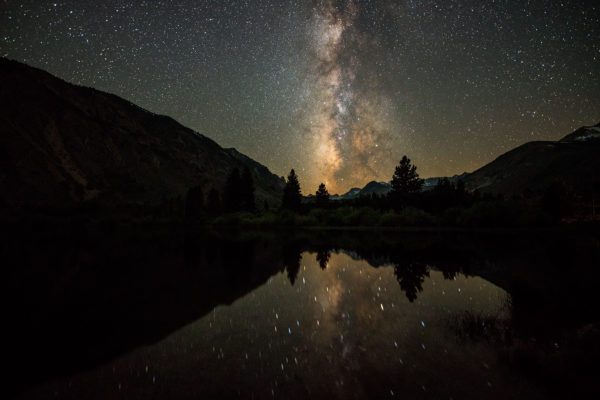
Extra Batteries – All those long exposures and checking the back of your LCD might drain your batteries a bit quicker than you expect. Temperatures at night are often a bit colder which can also have an impact on battery life in some situations.
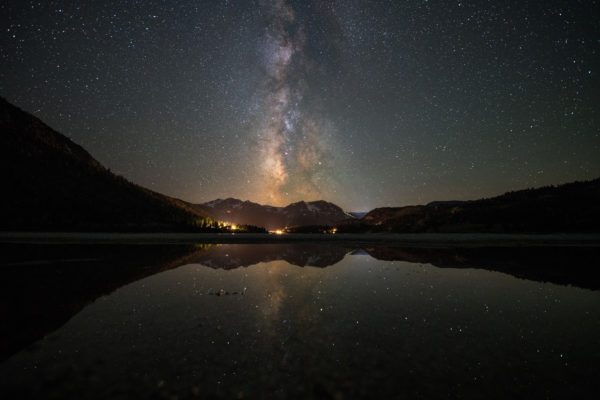
Extra Memory Cards – If you’re planning on shooting star trails, timelapse or even just shooting stills, your window for shooting is a bit longer than the typical sunrise/sunset so you may end up taking quite a bit more frames than you’re used to shooting.
Remote Shutter Release – This will allow you to start your exposures without having to physically touch your camera. The bit of pressure from your finger hitting the button can often cause a small amount of movement resulting in your image not being as sharp as possible.
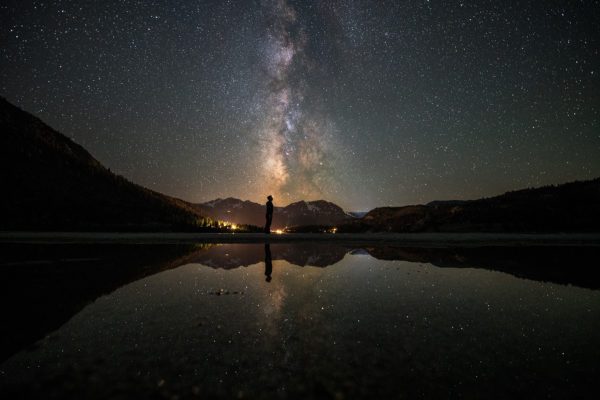
Night Sky App – There are a number of great night sky apps for your phone that will not only help in pre-planning stages, but also when you’re out under the stars. They allow you to hold your phone to the sky and give a map of the stars so you know exactly what your camera is pointed at. There are a number of great options both paid and free. My personal favorites are PhotoPills and Star Walk (V1). Try a few out and find your favorite!
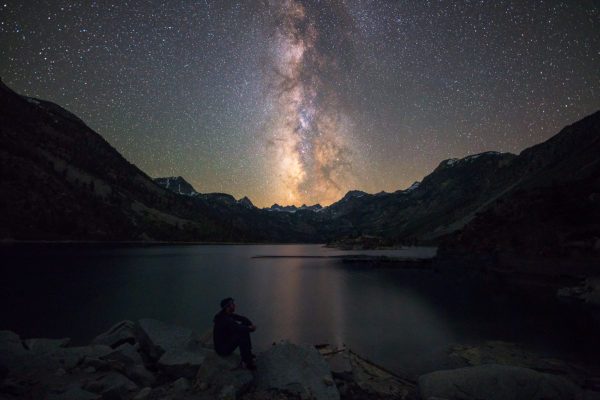
When to Shoot: This is another important factor to consider along the way and can make or break your shoot.
Moonphase: You’ll need to keep an eye on the current Moonphase for when you’re planning to head out. Even in the darkest locations, the light from a Full Moon can wash out most of the stars in the night sky.
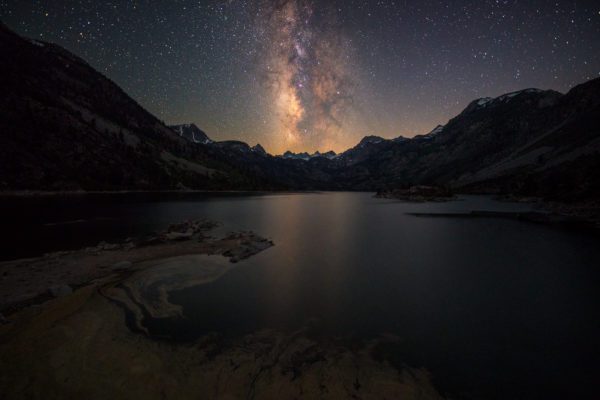
Milky Way Location: If you’re intention is to shoot the core of the Milky Way, it’s a good idea to do a bit of research before hand. The Milky Way rises and sets at different times of the year and depending on that will also appear in different directions of the sky. Many of the night sky apps will let you change your time and location to see exactly when and where the galactic core will appear. This is a very helpful step in making sure everything lines up with your composition.
That should get you started and ready to head out! A lot goes in to planning these types of images, but when it all comes together it definitely makes a difference. After all, you want to make sure you’re able to enjoy the view of the stars you’re shooting instead of worry about how to get back to your car. So, plan it all out and make sure you leave some time to take it all in!
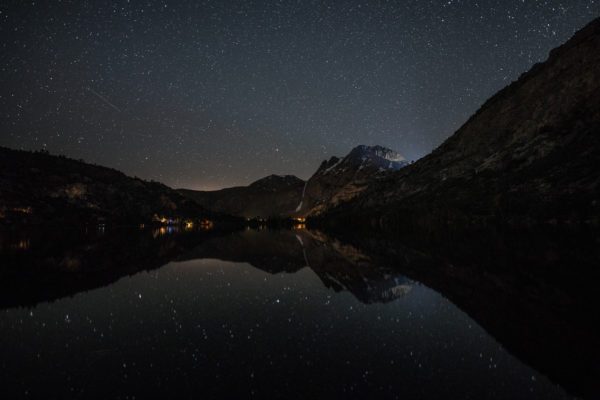

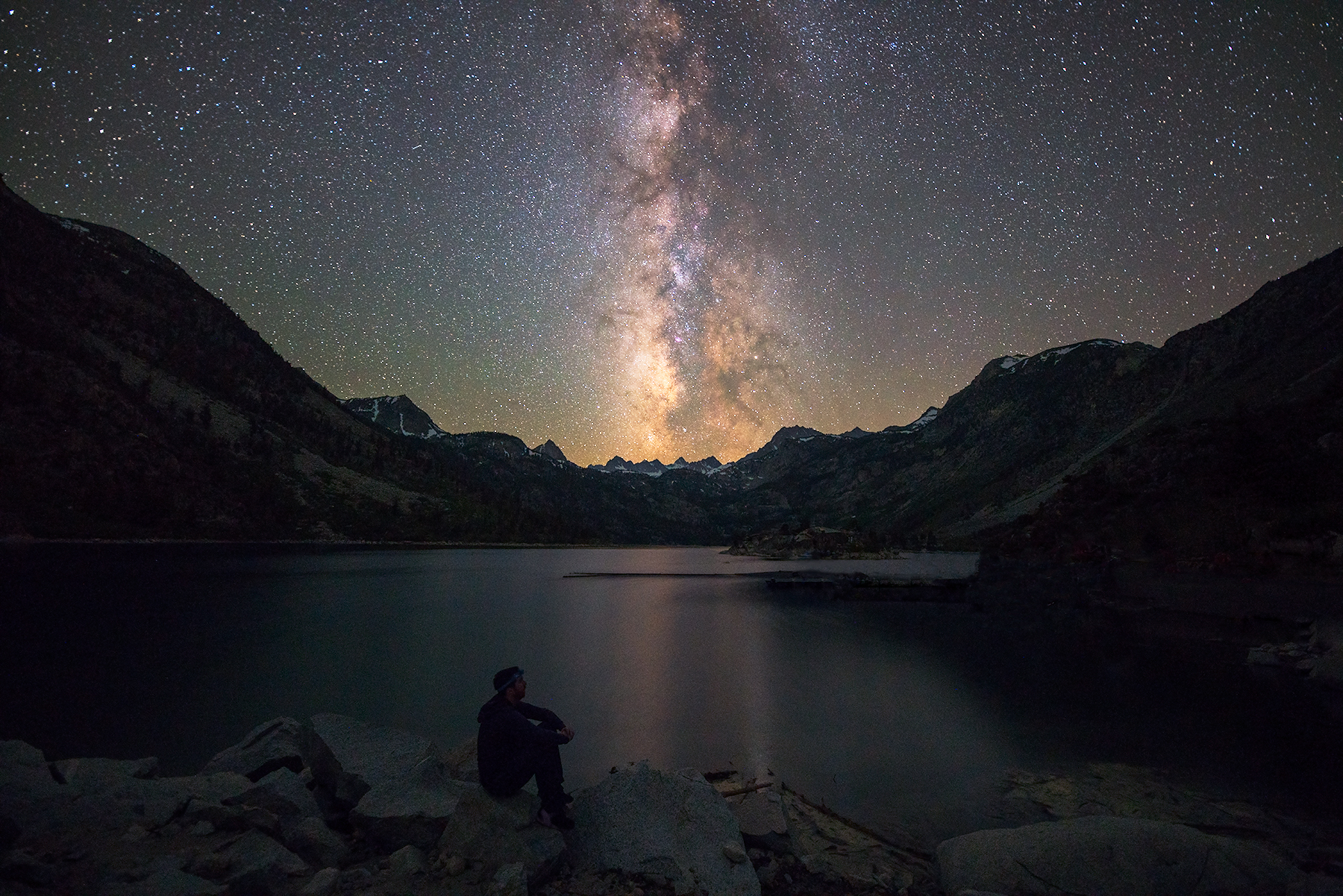
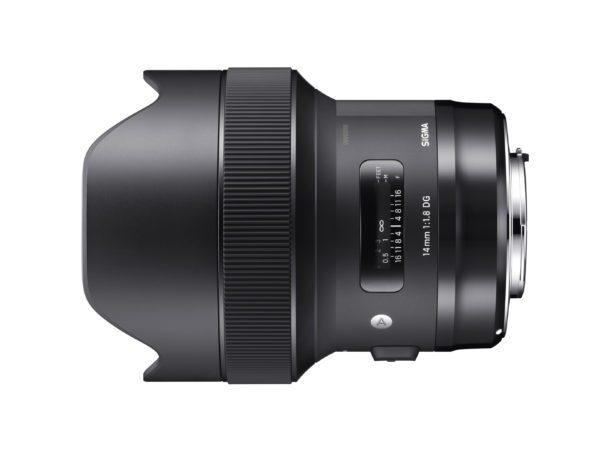
Sad that there’s still so much sagittal astigmatism in the corners. It’s a tough gremlin to tame of course, and my Sigma 24 mm Art is no different. I’m forced to stop down to close to f/4.0 to really eliminate it. But the central sharpness is excellent!